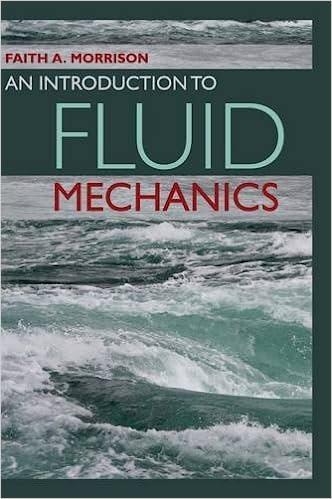Question
Fructose can be produced via the enzymatic isomerization of glucose in a bioreactor. GlucoseFructose Because this is an isomerization, you can assume that each mole
Fructose can be produced via the enzymatic isomerization of glucose in a bioreactor. GlucoseFructose Because this is an isomerization, you can assume that each mole of glucose forms one mole of fructose. A diagram of the isomerization process is given below. The feed to the reactor (stream F2b) is 45 mol% sugars and 55 mol% water. Of these sugars, 95 mol% is glucose and the remainder are composed of oligosaccharides (chains of simple sugars 3-9 monosaccharides in length) formed in the previous glucose production process. The oligosaccharides play no part in the isomerization reaction. Fresh glucose liquor is fed to the process at 20C and 1 atm. The entire process is isobaric. The fresh liquor has a concentration of: 40.5 mol% glucose, 1.8 mol% oligos, 57.7 mol% water. The feed liquor is heated to 60C and fed to the reactor. The reactor operates adiabatically and the single-pass conversion of glucose to fructose is 44.2 mol%. A heat exchanger after the reactor cools the products to 20C. The products from the reactor are fed to an evaporator, in which the sugar concentration is increased to 69 mol% through the removal of water. Finally, the product is passed to a separator. All of the fructose is removed as a product stream along with 5 mol% of the glucose (stream S), with the remaining glucose/oligos solution recycled back to the reactor. The sugar concentration in each stream leaving the separator is identical (think about what this means for the water leaving in each stream). To prevent the build-up of oligos a purge stream is withdrawn (stream X), fixing the oligos concentration in the recycle. Assume that the temperature of the recycle stream is 20C and remember that streams R1, R2, and X will have identical compositions but different flow rates. The total feed into the reactor is 100 kmol h-1 . (stream F2b) Assume that all specific heat capacities for the various sugar solutions can be approximated to that of water (75.3 kJ kmol-1 K-1 ) and are invariant with temperature
Calculate the recycle ratio (defined as the ratio of flowrate R2 to flowrate F1, i.e. R2/F1) and the amount of heat that must be removed at QC given that the temperature of stream Pa is 40.68C (note, you'll likely calculate a value in kJ/h, but you should quote this in kW (kJ/s)).
Step by Step Solution
There are 3 Steps involved in it
Step: 1

Get Instant Access to Expert-Tailored Solutions
See step-by-step solutions with expert insights and AI powered tools for academic success
Step: 2

Step: 3

Ace Your Homework with AI
Get the answers you need in no time with our AI-driven, step-by-step assistance
Get Started


